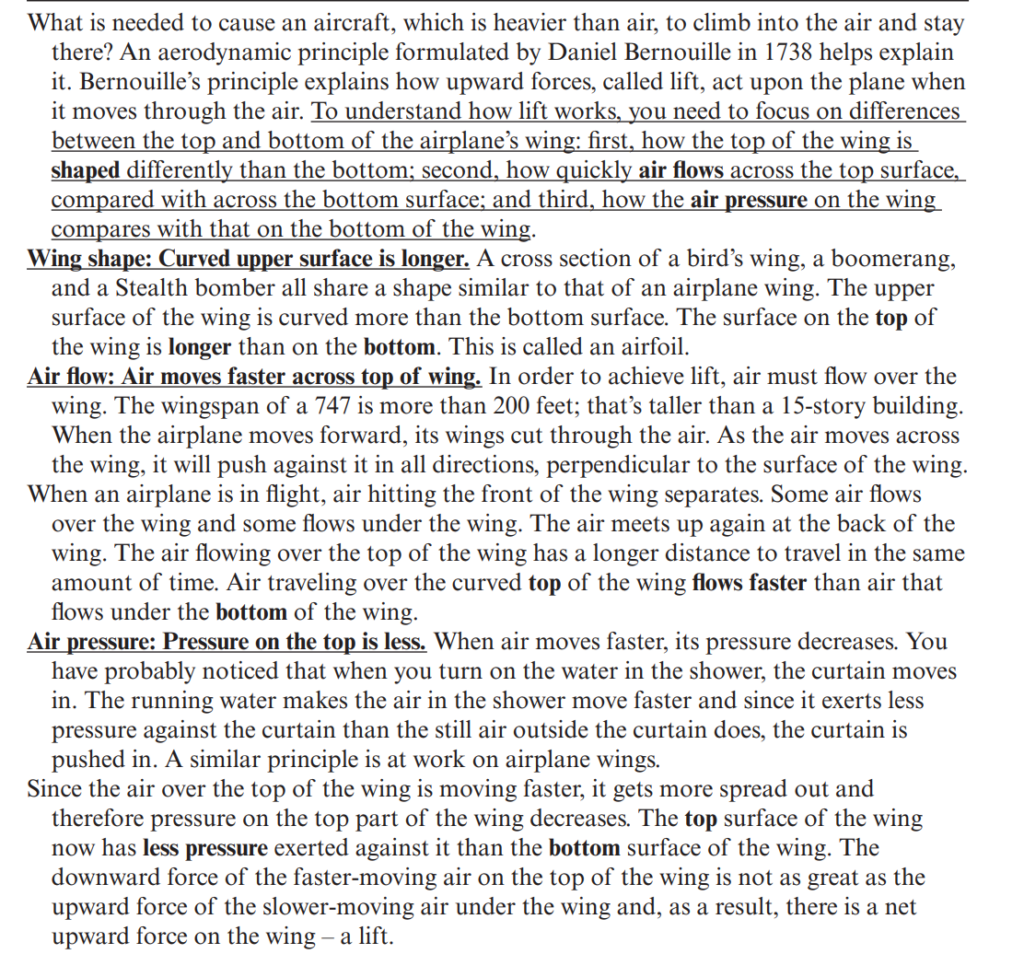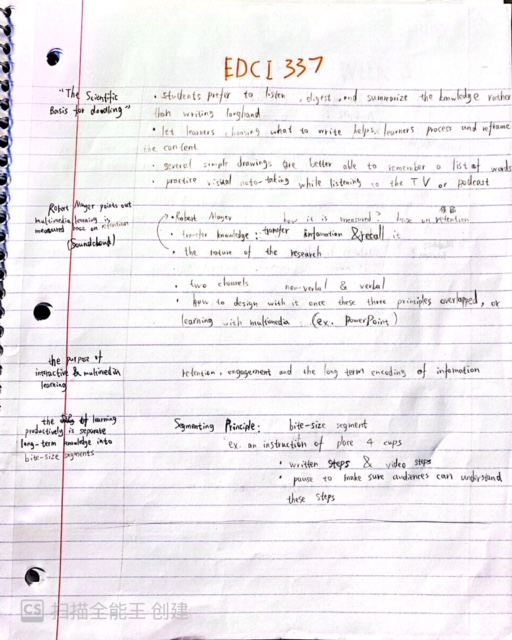I have the experience of breaking the redundancy principle most of the time. When I was a high school student, I often copied the teacher’s notes on the blackboard or the screen by handwriting without listening to the content of the lecture. The positive effect of copying notes varies. Sometimes I could understand the content by looking up my notes. However, other times I could hardly understand the content of this course.

(source: pixabay)
In addition, I used to follow the signalling principle intrinsically. I would highlight the essential information with colour pens when a course has assigned textbooks or printed materials, and this method has helped me understand the theme of this class efficiently. However, some instructors would not assign printed materials but rather presented PowerPoint slides or used verbal instruction, so I have to write as many notes as I can, then I was breaking the redundancy principle.

As I look back at what I have done using these principles, the current challenge I have to overcome is reducing extraneous load. When I was recalling the way I copied the notes from the blackboard, I felt ridiculous for myself. Now I’m trying to write down the main texts in every lecture. Even though I cannot take every essential text during the lecture, at least this method helps me learn more efficiently.





Recent Comments